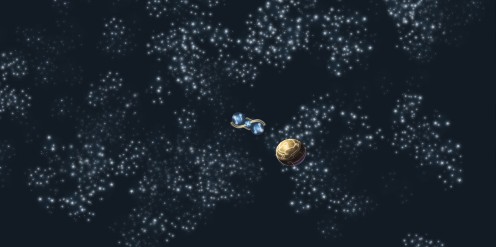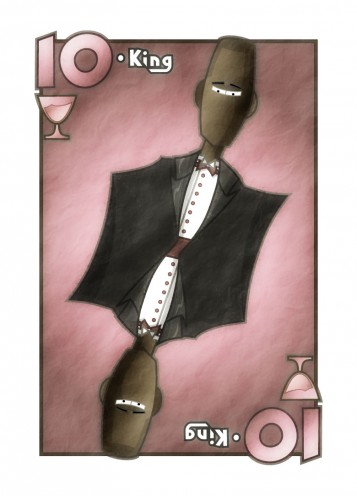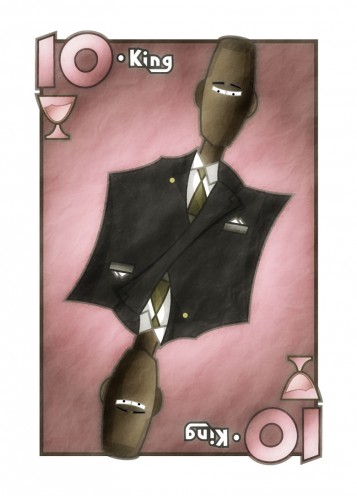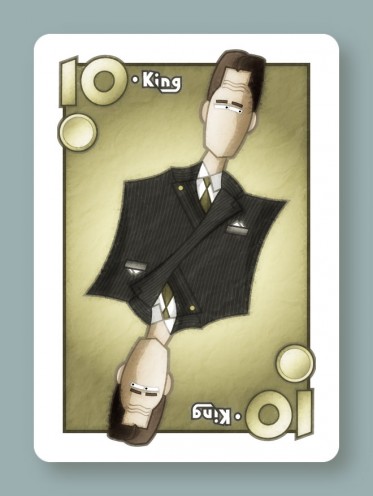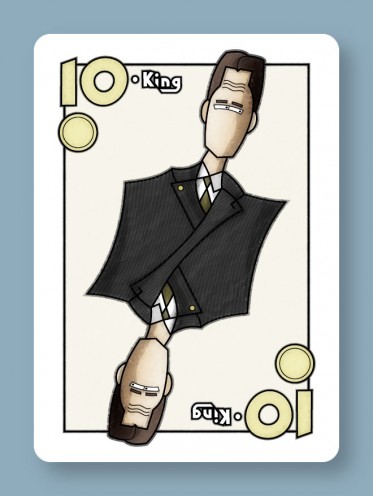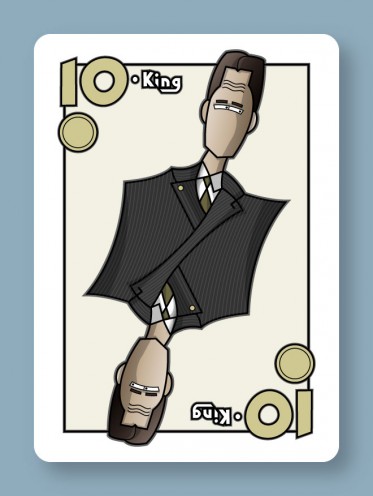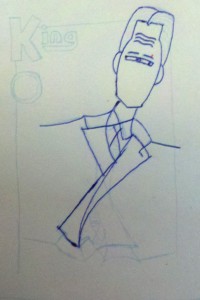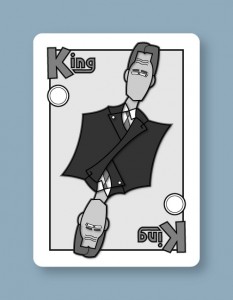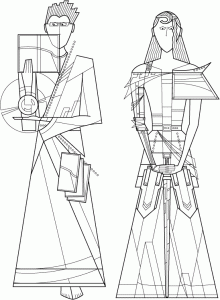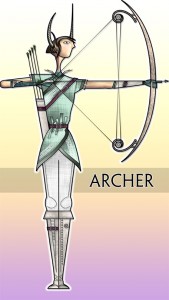It’s been a while since I babbled about managing myself, so have a random thought.
The concept of egolessness comes up a lot in martial arts. I never quite hit it during my brief dabbling in Judo, but I often lose my sense of self while programming or illustrating.
It can all sound a bit hand wavey I suppose, but to put it in more practical terms, I suppose losing a sense of self is simply a loss of desire (yeah, it’s very Buddhist). The desire to impress; to learn; to meet a promised due date or fulfill a specific expectation.
I do my best work when I stop caring about getting work done. If I’m too excited about the work, it’s easy to get overconfident or impatient to get more work done. (Which, sadly, happened at work-work today.) Which is not to say that I do my best work on projects I hate; hate is a form of caring, a form of emotional attachment, a burning desire not to do something.
So I’m wondering tonight if this concept of mastery and happiness through egolessness also applies to managing one’s responsibilities on a higher, more abstract level.
I’ve mentioned a few times before how I’m most productive when I rapidly cycle through pet projects. Part of the benefit of this is just to make sure I don’t lose track of any of my projects; I frequently waste depressing gobs of valuable time reacquainting myself with things I’ve backburnered. But also, I think this strategy is helpful in that it removes me — it removes desire — from the process of deciding what to work on. Since it’s a predetermined cycle, I always know what I will be working on next. I won’t procrastinate on things I’m afraid won’t go anywhere. I won’t implement quick, poorly conceived ideas because I’m excited about moving something forward.
Removing desire makes the work about the work — not about me.
So I should really start keeping an eye on how excited I am to be working — because if I’ve got too much motivation, it’s probably time to take a break.
